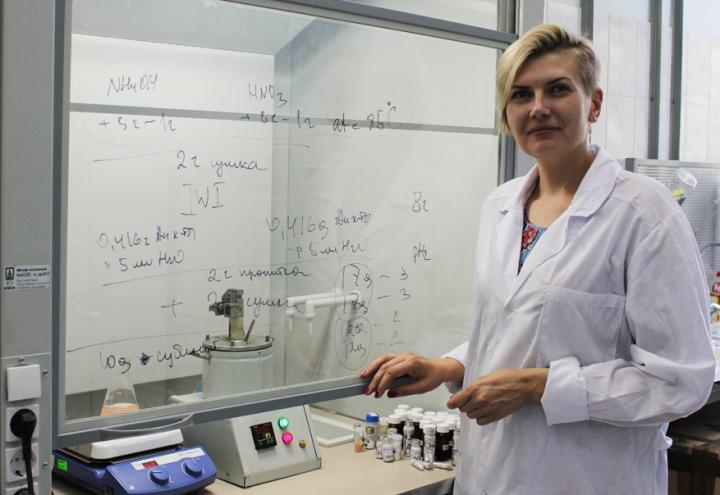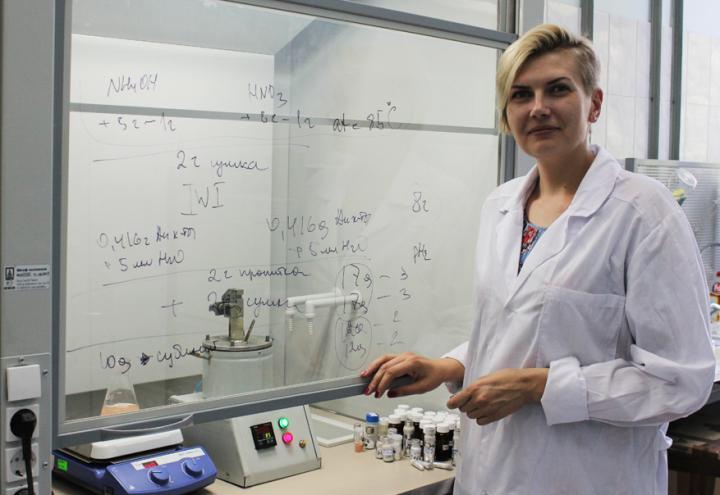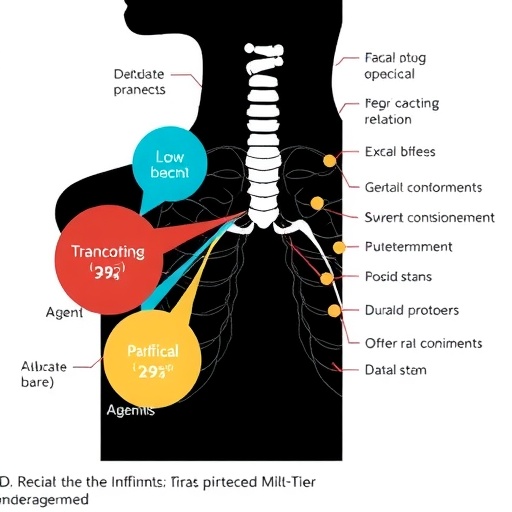
Credit: Tomsk Polytechnic University
The cosmetic and food industries, especially the pharmaceutical industry are interested in these derivatives where they function as precursors (chem. building blocks to create other substances – ed.) for medicines. According to scientists from Tomsk Polytechnic University (TPU), now there are no catalytic methods for the synthesis of oxo-derivatives of betulin although a heterogenic-catalytic approach has a number of important advantages over traditional methods. TPU researchers develop completely new catalytic methods for synthesizing oxo-derivatives of betulin, which is an organic substance contained in the birch bark. The project was supported by a two-year grant of the Russian Science Foundation.
Betulin is a triterpene alcohol. This substance dyes the birch bark in the white color. Oxo-derivatives of betulin include betulone, betulinic and betulonic aldehydes and the most required betulinic and betulonic acids. They have biologically active properties: immunostimulating, antioxidant, hepatoprotective, anti-imflammatory, and antiviral. However, to date there are no feasible and environmentally friendly methods for their synthesis.
The project leader, SRF Ekaterina Kolobova from the Research School of Chemistry & Applied Biomedical Sciences says:
'Nowadays, the main method of synthesis of betulin oxo-derivatives is the oxidation. The most commonly used oxidants are chromium compounds in a strongly acidic medium, for example, the Jones's reagent, which due to their toxicity are difficult to utilize. Therefore, chemists across the world are challenged to develop a more environmentally friendly and efficient methodology.'
In their experiments, the researchers used catalysts based on silver and gold nanoparticles. They consist of substrates of various oxides, for example, titanium oxides modified mainly by oxides of transition metals such as cerium, iron, lanthanum and others, with gold or silver nanoparticles deposited on their surface. The oxidation reactions of betulin itself takes place in a liquid-phase medium.
'In this study there are two new perspectives. Firstly, we developed an efficient method to synthesize oxo-derivatives of betulin with the use of heterogenic catalysts. Preliminary studies were quite promising due to such advantages as low catalyst consumption per unit of product quantity, reduction or complete elimination of toxic wastewater and the consumption of additional reagents for washing the reaction mass, the possibility of reusing catalyst and solvent after purification. Additionally, we use environmentally friendly oxidants, for example, oxygen or synthetic air,' explains the project leader.
Secondly, as the scientist notes, there are almost no papers devoted to liquid-phase oxidation of alcohols, as well as other organic substances in which silver-based catalytic systems are used.
'This is a promising and more feasible direction of research due to lower energy and utilization costs. Catalytic properties of samples in the reaction of liquid-phase oxidation of betulin will be evaluated in a batch reactor under conditions close to the requirements of green chemistry: nontoxic solvents, the absence of alkaline additives and initiators, 1-atmosphere pressure, the temperature of up to 150 ° C and others,' – notes Ekaterina Kolobova.
At the first stage of the project implementation, TPU scientists have already successfully synthesized betulone using nanosilver catalysts. The study results were published in the Fuel.
###
Media Contact
Kristina Nabokova
[email protected]
7-382-270-5685
@TPUnews_en
http://www.tpu.ru/en
Original Source
https://news.tpu.ru/en/news/2018/08/14/33507/ http://dx.doi.org/10.1016/j.fuel.2018.06.128





